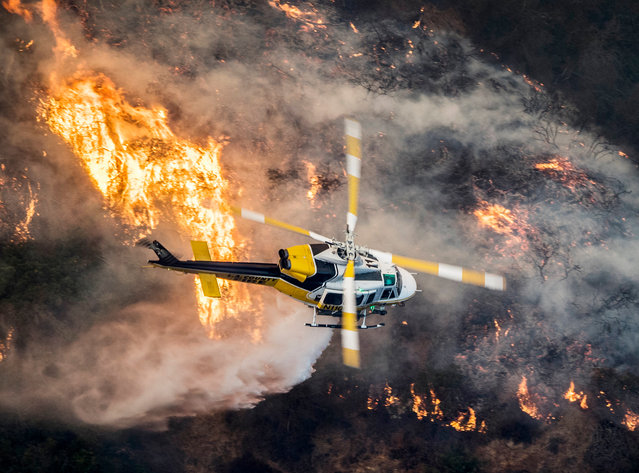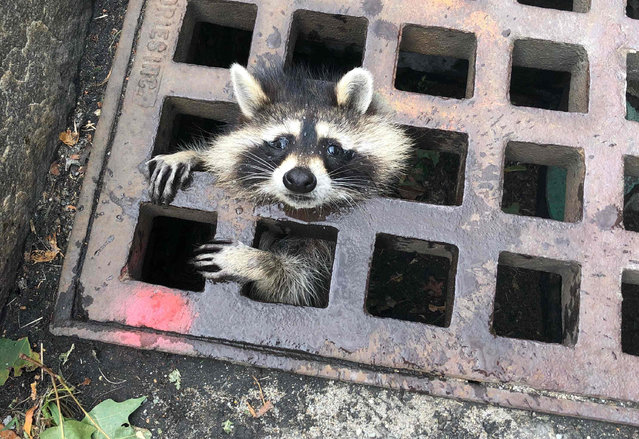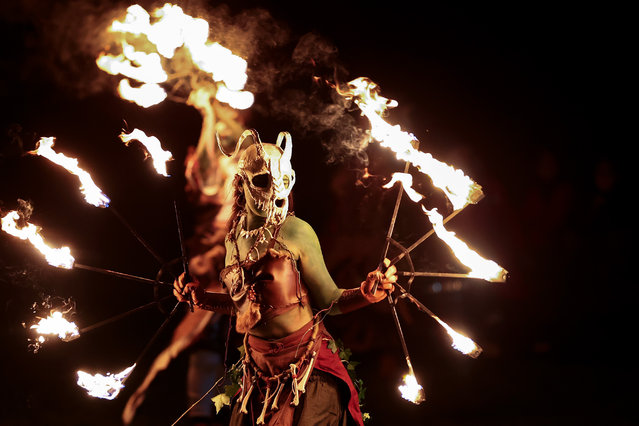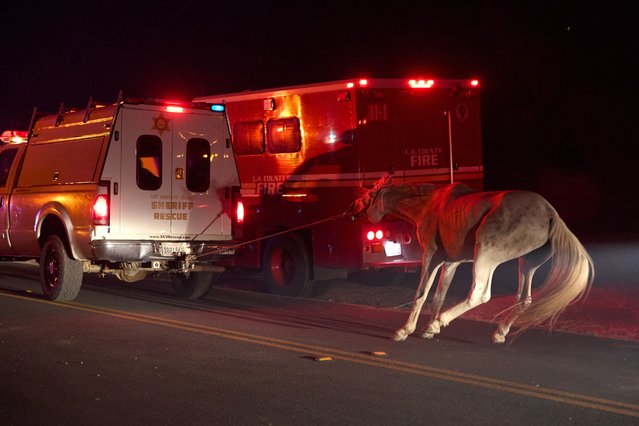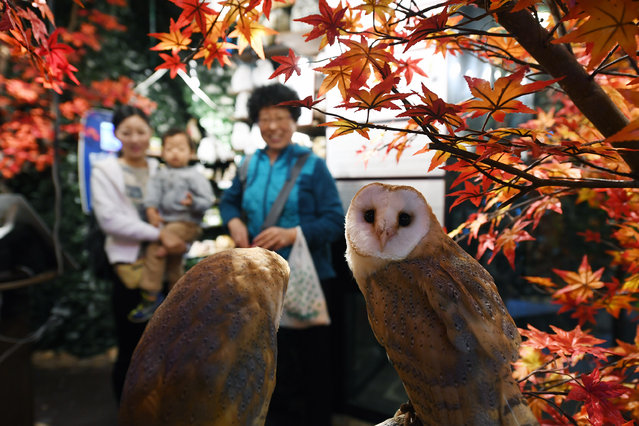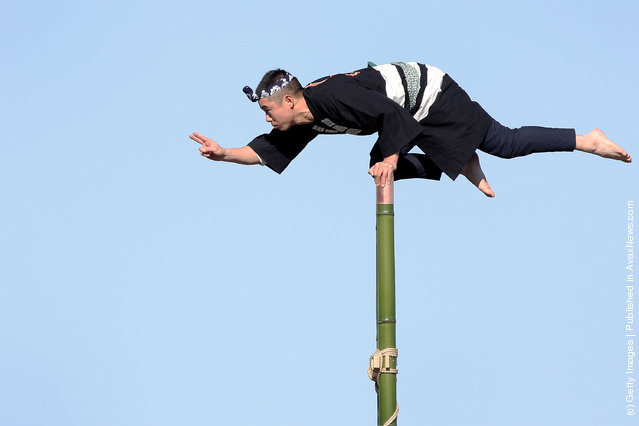
A member of the Edo Firemanship Preservation Association balances on top of a bamboo ladder as he performs a ladder stunt during the New Year's fire review conducted by the Tokyo Fire Department at Tokyo Big Sight on January 6, 2009 in Tokyo, Japan. The annual event, featuring various demonstrations of the latest firefighting and emergency rescue techniques, aims to promote the prevention of fire and disaster. (Photo by Kiyoshi Ota/Getty Images)
12 Dec 2011 11:46:00,post received
0 comments

